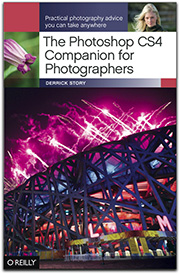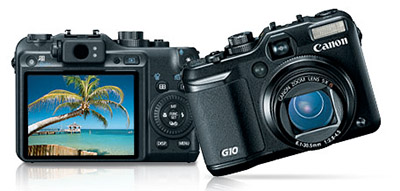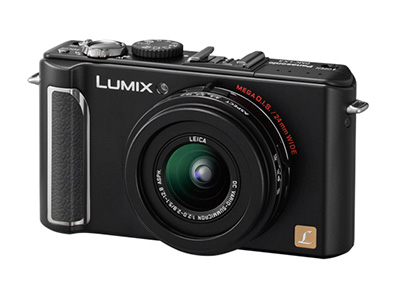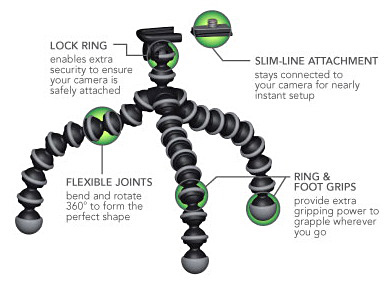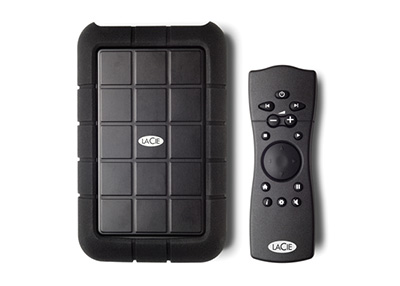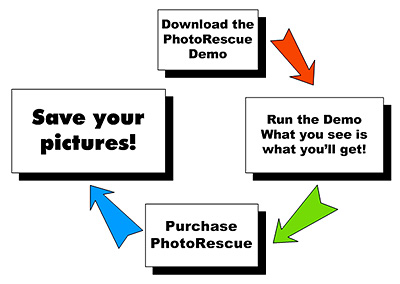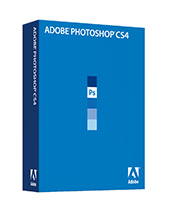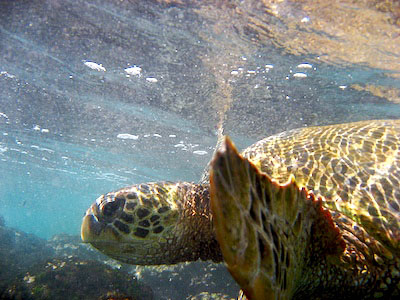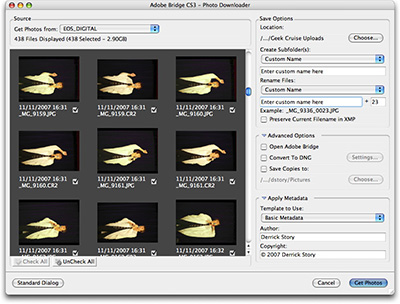
One of the reasons that photographers are inconsistent with backing up their images is because they don't have a system. So archiving turns into a housekeeping chore that they do when they "have time."
The trick is to create a simple habit for archiving that never fails you. One approach is to use the "Save Copies to:" feature in Adobe Bridge (Photo Downloader) or in Adobe Lightroom. Both applications allow you to backup your masters to an external hard drive while you're transferring them from the memory card to the computer.
So, while downloading, your masters are actually going to two locations: the Pictures folder on your computer's hard drive (or where ever you store your images) and to a second backup hard drive. The good news about this approach is that it's easy and you instantly have a duplicate of your "digital negatives." The bad news is that you don't get to add any metadata to the backup images during download, only to the primary pictures.
But I do find it comforting to having duplicate versions of every shot I've transferred when I pull the memory card out of the reader. And I never have to worry, "Did I back up that last shoot or not."
-
Learn what photographers need to know to organize and edit their images with Photoshop CS4. Take a look at The Photoshop CS4 Companion for Photographers. It fits in your laptop bag and is very easy on your wallet.
Technorati Tags: Adobe Lightroom, Adobe Photoshop, Derrick Story, digital photography, Photo Downloader, Photoshop CS4 Companion for Photographers, Technology, The Digital Story
